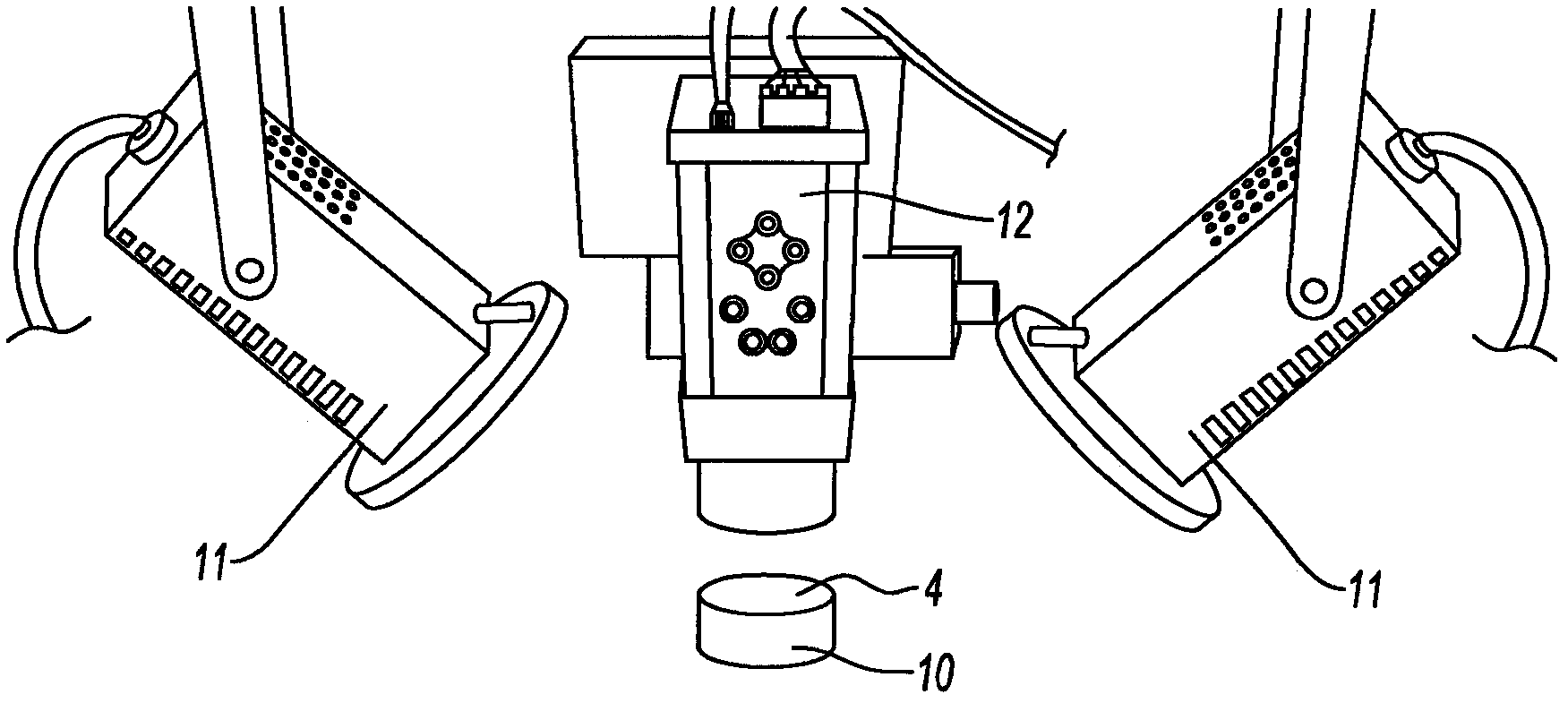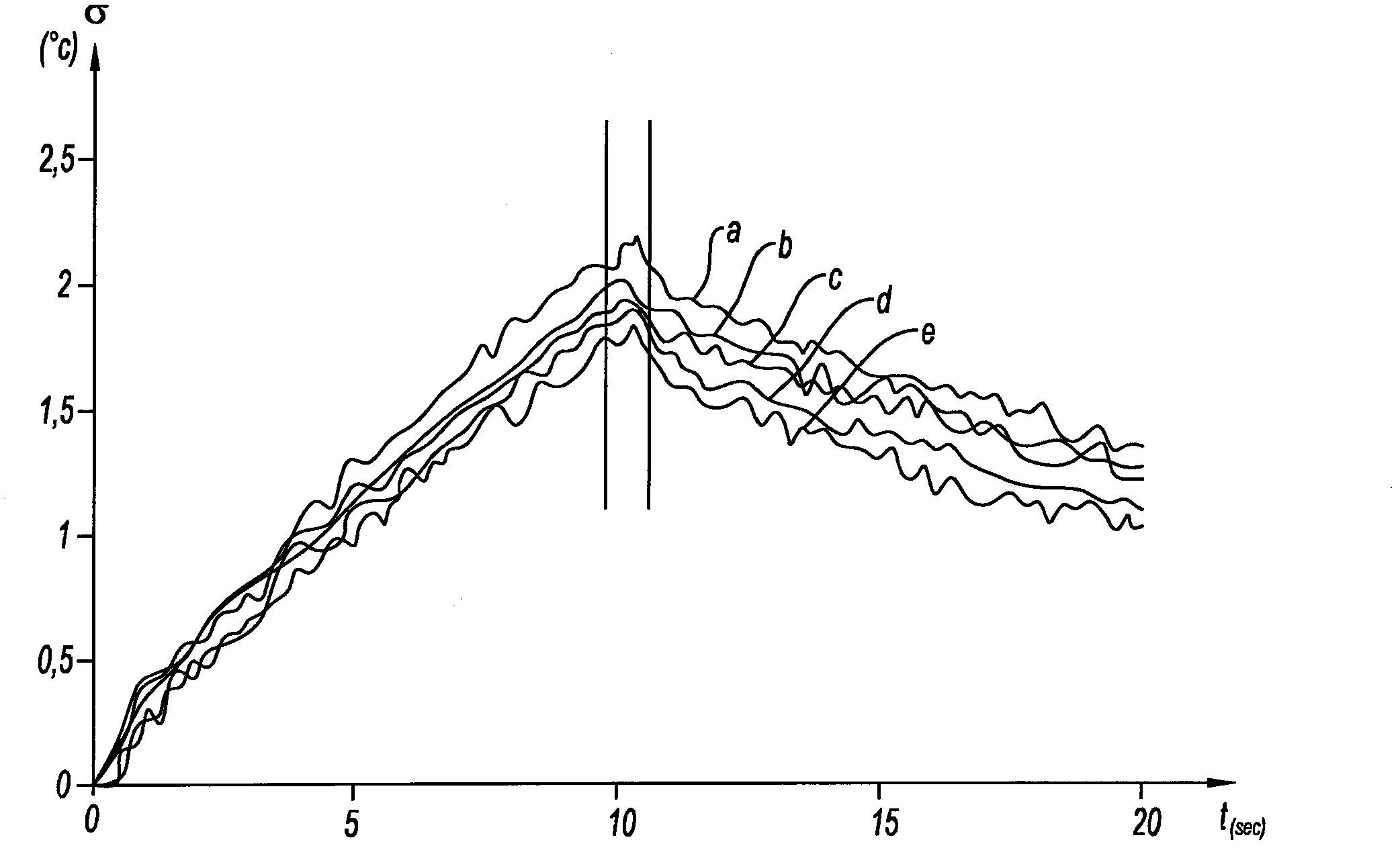Measuring the damage to a turbine-blade thermal barrier
A technology of heat insulation layer and lining layer, which is applied in the direction of supporting elements, measuring devices, and material defect testing of blades, and can solve problems such as the inability to predict the remaining life of components
- Summary
- Abstract
- Description
- Claims
- Application Information
AI Technical Summary
Problems solved by technology
Method used
Image
Examples
Embodiment Construction
[0029] refer to figure 1 , a cross-sectional view of the composition of an insulating layer disposed on the surface of a turbine blade can be seen. The metallic composition of the blade, typically a superalloy containing nickel, forms a substrate 1 on which is deposited an aluminum layer 2 sandwiched between the substrate 1 and the ceramic layer 4 . The role of this aluminum layer is to give the assembly a certain elasticity so that it can absorb the difference in thermal expansion that exists between the substrate 1 with high thermal expansion and the ceramic 4 with low thermal expansion.
[0030] The ceramic 4 has a columnar structure, which allows lateral displacement due to the appearance of cracks between the columns. However, one consequence of this is that the aluminum comes into contact with oxygen brought in by the gases flowing in the jets of the turbine engine. The aluminum layer 2 is then converted to an aluminum oxide layer 3 at a certain thickness. The thickne...
PUM
 Login to View More
Login to View More Abstract
Description
Claims
Application Information
 Login to View More
Login to View More - R&D
- Intellectual Property
- Life Sciences
- Materials
- Tech Scout
- Unparalleled Data Quality
- Higher Quality Content
- 60% Fewer Hallucinations
Browse by: Latest US Patents, China's latest patents, Technical Efficacy Thesaurus, Application Domain, Technology Topic, Popular Technical Reports.
© 2025 PatSnap. All rights reserved.Legal|Privacy policy|Modern Slavery Act Transparency Statement|Sitemap|About US| Contact US: help@patsnap.com



